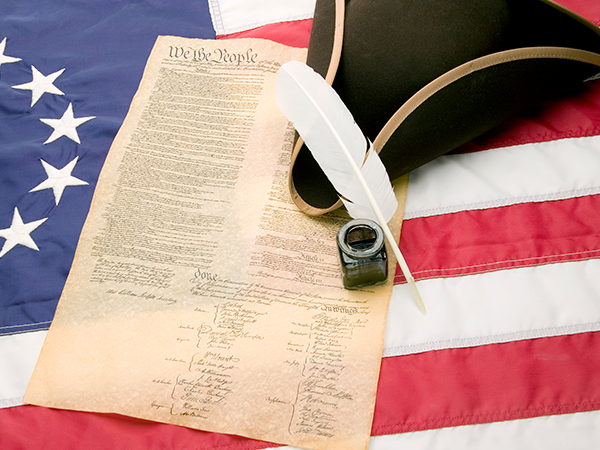
Grade:
Topic:
Unit:


In this lesson mini, students are introduced to civics by exploring the concept of citizenship, analyzing how citizenship is obtained and which groups historically have been excluded. Students also evaluate the rights and responsibilities of citizenships and participate in collaborative projects, guided reading activities, and enriching class debates.

Minutes
Minutes
Minutes
Minutes
Minutes

Level-up current events into dynamic learning!